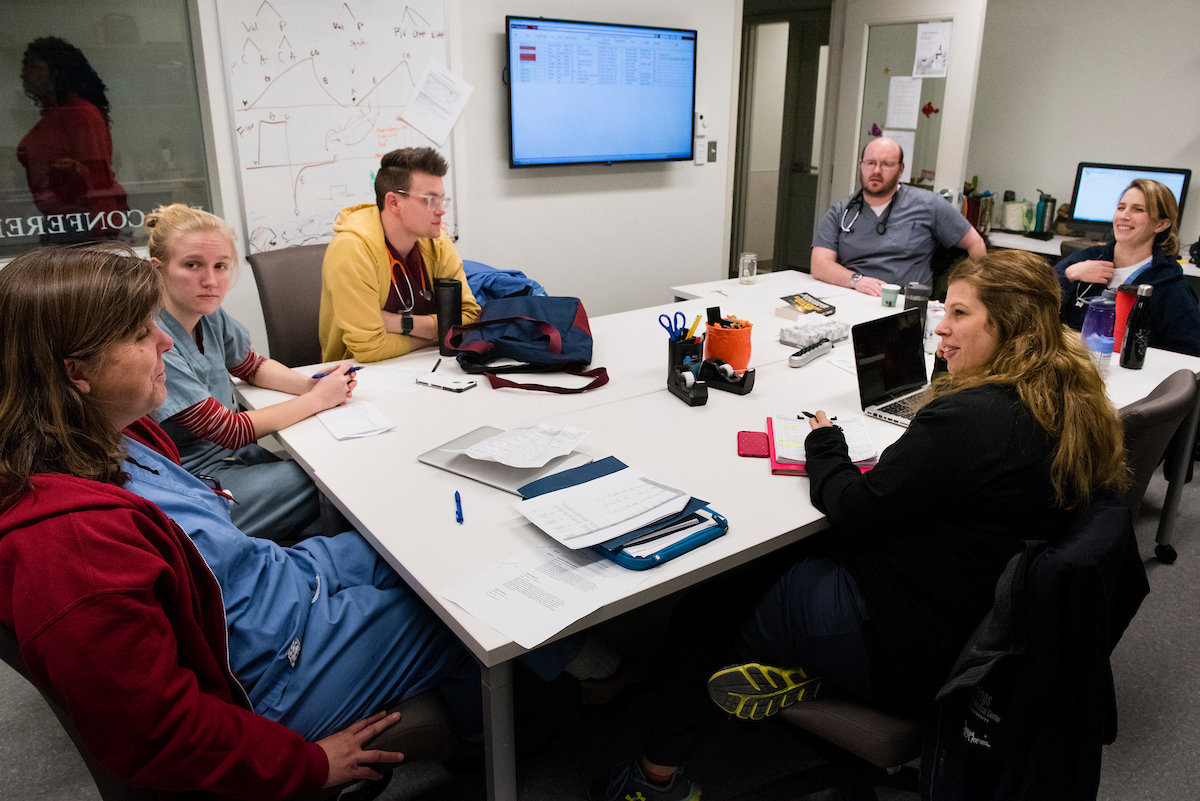
Across Tufts, teaching encompasses a variety of formats and spans many disciplines. The following collection of resources is designed to support your approach to working with a range of class sizes, course levels, and subjects. Many of these approaches will work as a framework for holistic course design, and some can also be adapted for use in single activities.
Lectures
While many lectures contain a core didactic component, the most effective also include interactivity to deepen students’ learning.
- Interactive Lecturing (Teaching@Tufts)
- Is the Classroom Lecture Becoming Extinct or Simply Evolving? (Tufts Faculty Blog)
Active Learning
The Active Learning page provides an introduction to the concept, an overview of available technologies, and examples of use by Tufts faculty. Note most of the approaches listed on the remainder of this page involve active learning techniques.
- Active Learning (Teaching@Tufts)
Discussion-Based Learning
In centering the classroom around students, discussion-based learning allows the instructor to guide students in articulating their own understanding and in learning from their peers.
- Discussion Based Teaching (Teaching@Tufts)
Peer Instruction
Students can learn a great deal from one another, especially when they are provided with structure and guidance.
- Encouraging Students to Learn from Each Other (Teaching@Tufts)
- Designing Peer Feedback (Teaching@Tufts)
Team-Based Learning
Team-based learning is a framework for structured small-group learning, adaptable to large and small classes. This technique emphasizes student preparation, in-class assessment, and in-class student collaboration on solving applied problems.
- Team-Based Learning – What is it? (Vanderbilt)
- Team Based Learning – Examples & Recommendations (Yale)
- Student-Driven Technologies for Team-Based Learning (Tufts Faculty Blog)
Peer-Led Team Learning
In peer-led team learning, small groups of students are guided by more advanced peers in working on carefully structured problems.
- Peer-Led Team Learning (Carlton College)
Process Oriented Guided Inquiry Learning (POGIL)
POGIL fosters students’ sense of engagement and empowerment by emphasizing the development of process skills and by using distinctive classroom materials and activities as they work in small groups.
- Process-Oriented Guided Inquiry Learning (Carlton College)
- Implementing POGIL (The POGIL Project)
Problem-Based Learning
The technique of problem-based learning uses real world problems to motivate students to learn new concepts, and build critical thinking and collaborative skills.
- Problem Based Learning (University of Illinois)
Case-Based Learning
In case-based learning, the course is designed around real-world situations. The cases typically are complex and focus on the role of a decision-maker grappling with a question or problem, the context of the problem, and supporting data or documentation.
- Teaching by the Case Method (Harvard Business School)
Experiential Learning
Experiential learning is based on the understanding that students learn by doing. This approach broadens the learning environment beyond the campus, allowing students to apply underlying content and theory, build relationships, engage in self-discovery, and practice reflection.
- Experiential/Service Learning/Fieldwork Technologies (Teaching@Tufts)
- What is Service Learning or Community Engagement? (Vanderbilt)
- Ten Simple Rules Towards Healthier Research Labs (PLOS)
Team Teaching
Throughout your career you’ll likely engage at some point in co-teaching a course with one or more colleagues. This resource is designed to help you approach team teaching.
Flipped Classroom
Fundamental to the idea of a flipped classroom is the concept of engaging students in guided learning activities before class, which allows the instructor and students to use in-class time to collaboratively work on problems and advanced concepts.
- Flipped Classroom (Teaching@Tufts)
Online Learning
Effective approaches to online learning include using available technologies to support student engagement and student-instructor interaction. Online learning can take place during a fully online course, or as part of an in-person course. Offering a course online brings a degree of flexibility when students and faculty are in remote locations, or need to work at different times.
- Online Teaching (Teaching@Tufts)
See also:
LARGE CLASSES
TEACHING WITH TAs
TEACHING IN THE LAB
TEACHING IN A CLINIC SETTING
STRUCTURING A LEARNING ENVIRONMENT
CREATING INCLUSIVE COURSES
